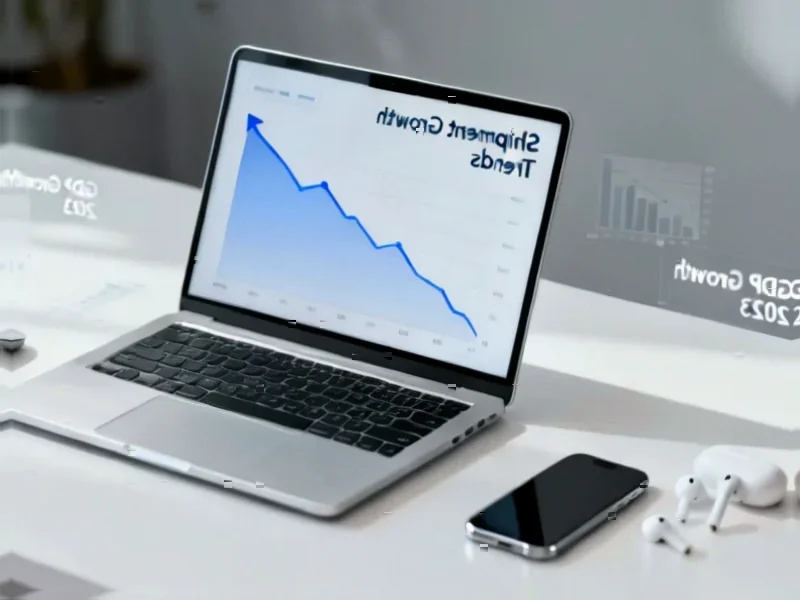According to PYMNTS.com, Walmart de México is integrating Aplazo’s buy now, pay later service directly into its digital payments app. The partnership launches with 1.5 million preapproved credit lines already set up for customers. Shoppers can register and get approval in under five minutes, choose their preferred number of biweekly payments, and see the total cost immediately. Aplazo CEO Ángel Peña says this targets over 60 million Mexican adults who need flexible financial options. Walmart’s Santiago Benvenuto adds that more payment options help accelerate e-commerce growth. The move comes as research shows 29% of Mexican shoppers experience payment friction during online purchases.
Mexico’s payment problem
Here’s the thing about Mexico’s retail landscape: it’s becoming increasingly mobile-first, but the payment infrastructure hasn’t quite caught up. Nearly half of purchases now happen on mobile devices, yet almost a third of shoppers hit payment roadblocks. That’s significantly higher than global averages. And when 17% of people encounter unexpected charges or errors, you’ve got a real trust issue brewing. Basically, there’s a massive gap between how people want to shop and how they can actually pay.
Why this matters now
So why is Walmart making this move? Look, Mexico has over 60 million adults who are essentially underserved by traditional credit systems. They’re not necessarily poor—they just don’t fit the conventional banking mold. BNPL gives them access without the traditional hurdles. And for Walmart? This isn’t just about being nice. It’s about capturing a huge segment of the market that’s been sitting on the sidelines. When you make it easier to pay, people tend to buy more. It’s that simple.
The competitive landscape
This puts Walmart in a pretty interesting position against both Amazon and traditional banks. Amazon has its own payment systems, but Walmart’s physical presence across Mexico gives it a unique advantage. They can bridge online and offline shopping in ways that pure-play e-commerce can’t. Meanwhile, traditional banks are watching nervously as retailers become de facto lenders. The real winner here might be the Mexican consumer finally getting some flexibility. But will this lead to overextension? That’s the billion-peso question nobody’s asking yet.
What’s next
I think we’re going to see more of these retailer-fintech partnerships, especially in markets where banking penetration lags behind smartphone adoption. The PYMNTS Mexico report suggests this is just the beginning of payment innovation in the region. If Walmart can make this work, other big retailers will follow suit quickly. The race to own the Mexican digital wallet is officially on—and it’s moving a lot faster than anyone expected.




